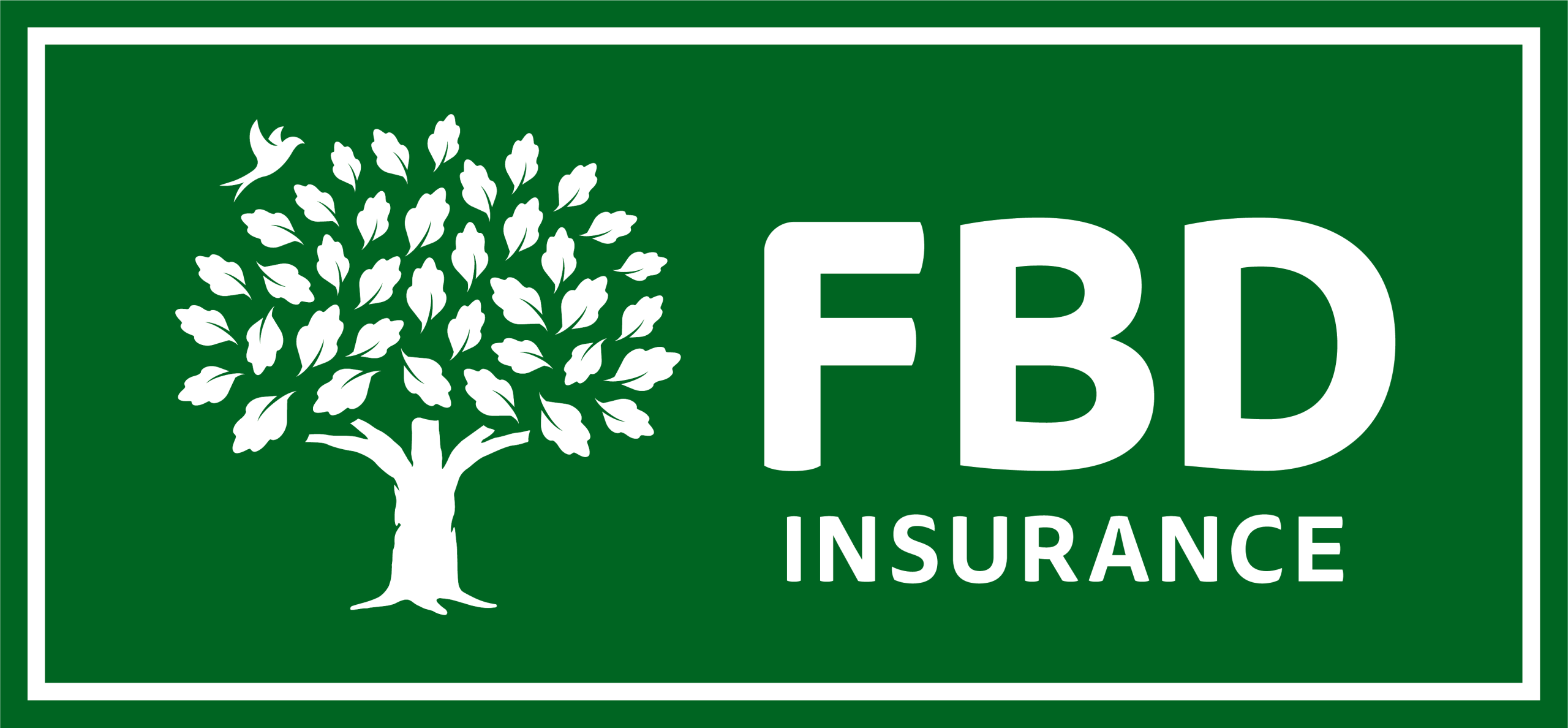'Any possible margins in beef farming this year will disappear in 2016'
Beef farmers are facing a tough 2016 as global demand for beef will not match supplies worldwide, according to the latest research from Teagasc.
Figures from the Teagasc Annual Review and Outlook 2016 show that while beef margins were up in 2015, the bigger picture of supply and demand will see farmers impacted by increasing worldwide supplies next year.
After three years of expansion in the dairy herd in Ireland, the impact of this will be felt in Ireland and in Europe next year, Kevin Hanrahan said at the presentation of figures.
Over two-thirds of EU beef comes from the dairy sector, he said, and the herd numbers for September this year show that the dairy herd in Ireland is up 11% while the suckler herd is up 2%.
“The supply outlook is for extra beef supplies, especially in the second half of the year (2016).
“There is a positive demand for beef worldwide, but it is not quite keeping pace with supply.”
Farmers Incomes 2015
While incomes improved considerably on cattle farms in Ireland in 2015, but dairy farmers’ incomes declined. In their annual review of the performance of the agriculture sector Teagasc economists indicate that overall family farm incomes are down 9% in 2015.
Pig prices were down; sheep prices were up, while the output from the tillage sector was down slightly due to lower area.
Income levels increased across most farm systems this year, dairy being an exception. Buoyant beef and lamb prices boosted incomes on livestock farms this year. However, average farm income still decreased due to the effect of the falling milk price.
“This demonstrates the growing importance of the dairy industry to Irish farming,” said Thia Hennessy economist with Teagasc.
2016 Prospects
Teagasc economists are indicating that family farm incomes could be up by 5% in 2016.
The removal of the milk quota from Irish farming has seen dairy cow numbers rise sharply in Ireland in recent years, so further expansion in milk production is expected in 2016.
This coupled with a modest improvement in milk prices should see dairy farm incomes continue to recover next year.
Some of the beef price increase in 2015 is anticipated to be reversed in 2016, as the supply of animals available increases in Ireland and the EU generally. The increased number of dairy cows over recent years will lead to an increase in the available supply of finished animals in 2016.
Prospects for the sheep farming sector in 2016 are for a continuing increase in sheep prices due to tight global supplies of lamb.
Some recover in both pig prices and grain prices is also anticipated next year.
Beef Farming
Traditionally beef farms produce the lowest incomes in Irish agriculture but price improvement has provided an income boost of €2,700 for the average suckler farmer in 2015.
“The lower numbers of animals available this year and the strength of the euro helped to boost cattle prices”, said Kevin Hanrahan economist with Teagasc. Strong demand for younger animals also led to price improvements and higher incomes in other beef systems.
Dairy Farming
The end of the milk quota system this year has allowed dairy farmers to expand milk production to partially offset the fall in milk sales resulting from the lower milk price.
Very favourable grass growing conditions in 2015, allowed these additional litres to be produced at a lower cost than would otherwise have been the case.
“Mainly due to a 9c/L (24%) fall in milk prices, average dairy farm income is estimated to have fallen from around €68,000 in 2014 to €48,000 in 2015”, said Trevor Donnellan of Teagasc one of the authors of the report.
Overall, Teagasc estimates that on the average dairy farm the production of an additional 35,000 litres, or 10% of total supply, allowed for a 9% reduction in the cost of producing a litre of milk.
Irish milk prices dropped substantially in 2015, reflecting the depressed world market situation. As a result, the annual average national milk price for 2015 is estimated to have fallen by 24% to an average of 30/L.
In response to low milk prices the European Commission issued an emergency relief package worth €500m across the Community which helped to support income.
In the 2014/15 milk quota year elevated production levels created a superlevy bill of about €70m at the end of March 2015.
It is estimated that aggregate milk production increased by 10% in 2015.
Tillage Farming
Following three consecutive bumper global cereal harvests, cereal prices have remained low impacting negatively on crop farm incomes.
This has led to lower animal feed prices helping to boost the income of livestock farmers.
“Future markets are now suggesting a slight recovery in cereal prices in the second half of 2016 which will just about counterbalance the impact of a reversion to trend yields”, said Fiona Thorne one of the authors of the Teagasc Outlook report.
Sheep Farming
Sheep farms have also seen lamb prices improve and sheep farms with a minor beef enterprise will have also benefitted from the improvement in beef prices. Income on the average sheep farms is estimated to have increased by over €2,000 in 2015.










